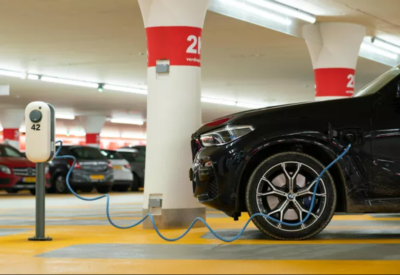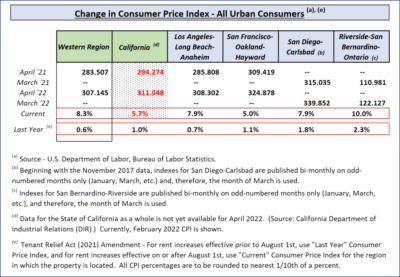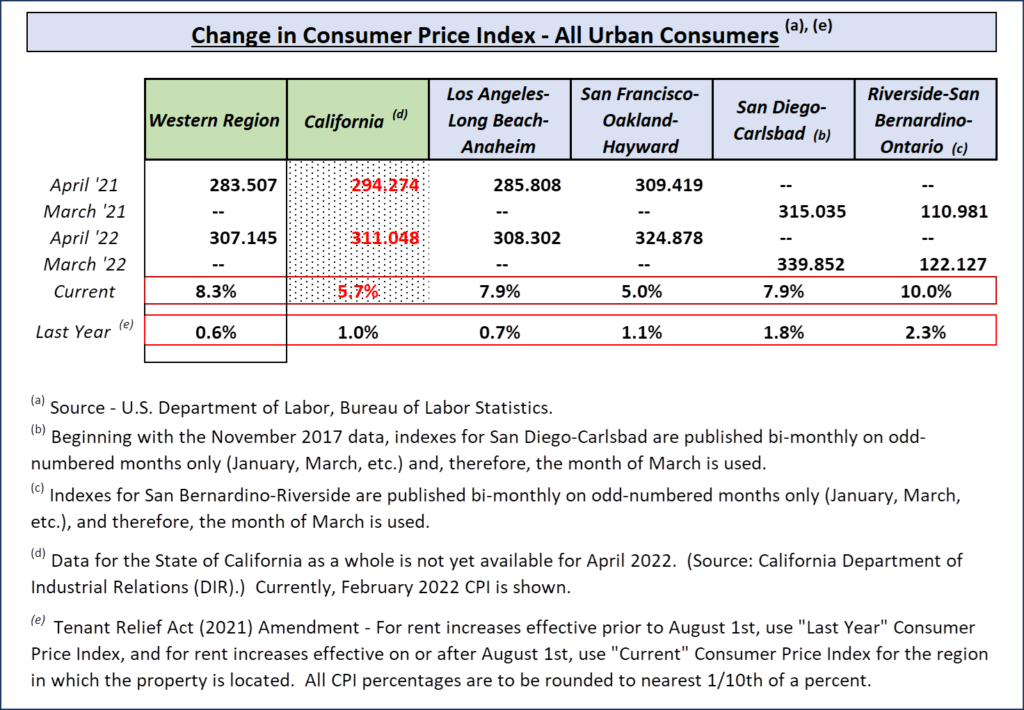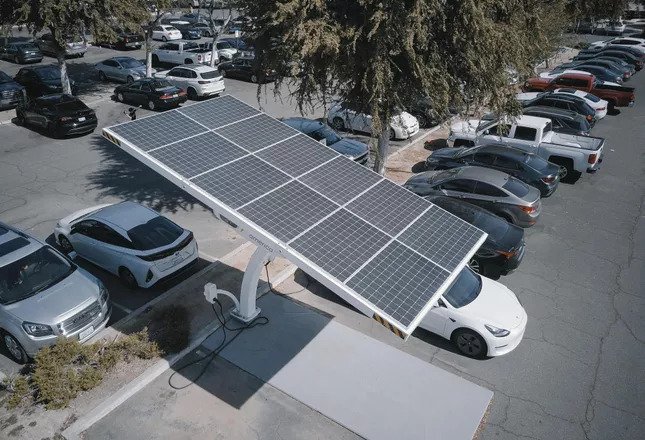Demand For Electric Vehicles Is Rising. How Can Building Owners Prepare For The Influx?
via biznow.com The research is clear: Electric vehicles are the future of transportation in the United States. Adoption of EVs is growing across the country, with 1.8 million electric vehicles registered in the U.S. in 2020, three times the number of EVs in 2016. More than half of respondents to a 2021 CarMax survey said they expected their next auto purchase to be an electric or hybrid vehicle. Read more..















